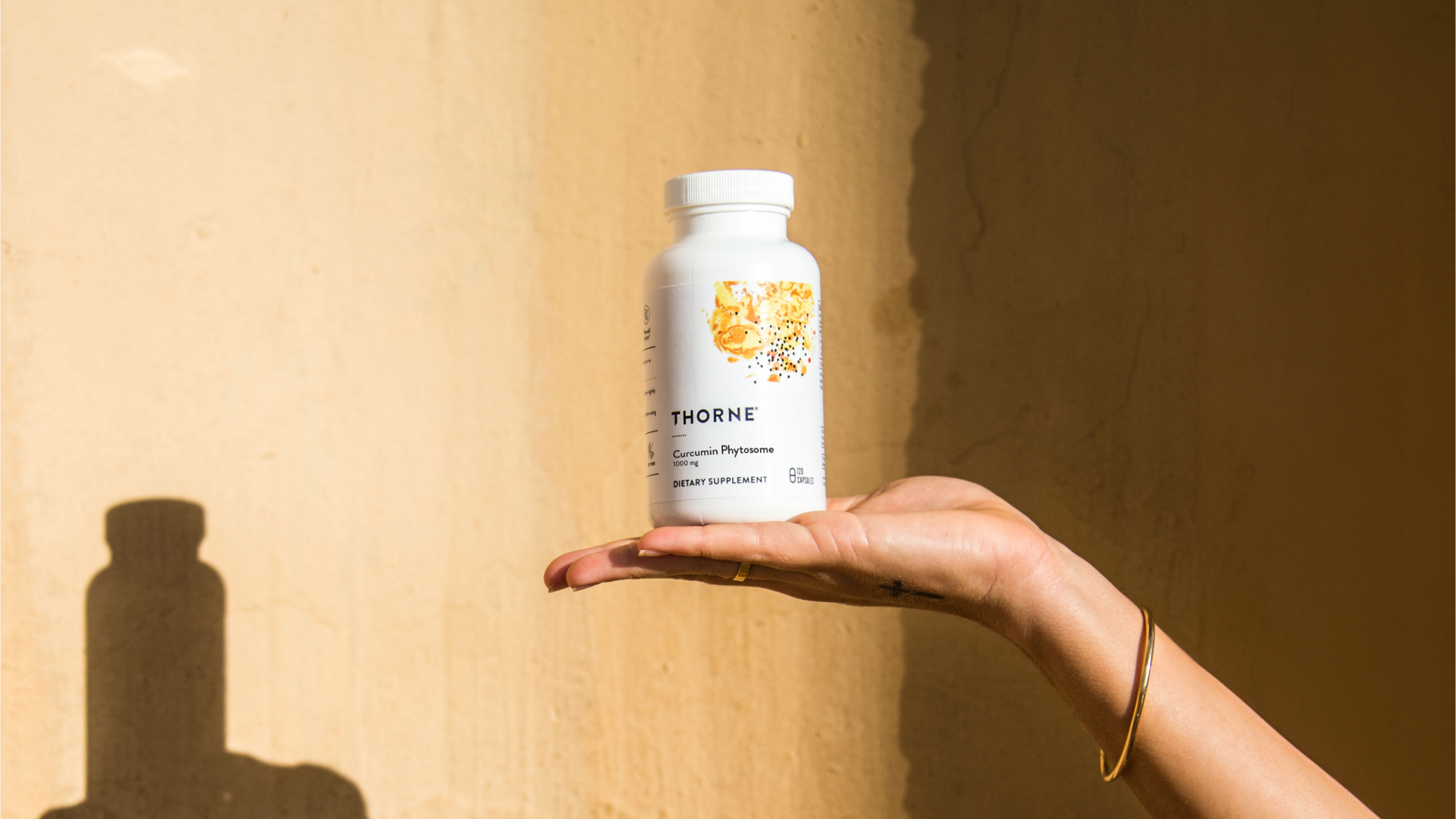People take supplements to improve or optimize their health. So what happens when you look at the label, and the ingredient list is filled with unrecognizable additives?
A good post-workout routine is as important as the workout routine itself. Relaxing the muscles post-workout helps the body enter the recovery and repair phase. From static floor stretches to cool-down walks on the treadmill, recovery routines encompass many activities. We’re going to look at one of them – an increasingly popular form of recovery – sauna bathing.
Although cultures around the world and across human history have included heat treatment and thermotherapy practices, arguably the most famous practice is the Finnish sauna.
What is a sauna? In its simplest form, a sauna is an insulated room with a centralized heat source. Often outfitted with wooden benches and wood-lined floors and walls, the traditional Finnish dry sauna incorporates air temperatures between 65.5 degrees celsius and 88 degrees celsius and low humidity to induce sweating. Some saunas place stones on top of the heat source, on which bathers splash water to produce steam, inducing the body to perspire more. Whereas traditional saunas rely on a fire pit and heated stones, most modern saunas rely on electricity or infrared panels to produce heat around or within the body.
You don’t have to live in a cold climate to benefit from the hot temperatures of a sauna. A staple of many spas and health resorts, many gyms and fitness clubs feature saunas for patrons to use to complement their fitness routines. Closet-sized saunas are even available to install in your own home.

How do I use a sauna?
Sauna bathing is easy. Simply sit and enjoy the heat!
How long can I sit in the sauna?
Recommendations for a single sauna-bathing session range from five to 30 minutes – but not longer. You want to ensure the body doesn’t overheat. And sauna sessions interspersed with cooling-off periods can be repeated multiple times in a row. To pass the time, practice meditative breathing.
If you want a prolonged sauna experience, then the cooling-off period is vital to ensure the body doesn’t overheat or enter a state of heat exhaustion. When sitting in high temperatures, the body’s sweat mechanism goes into overdrive to cool itself down; because sauna temperatures are so unnaturally high, the body can’t keep up. Sitting too long at those high temperatures might make you begin to feel light-headed or dizzy, and your heart might begin to race. These are early signs of heat exhaustion or heatstroke. If you start to feel dizzy, sleepy, or generally unwell, then exit the sauna immediately and find a place to cool down.
To cool down between sauna-bathing sessions, sit outside the sauna in an area at room temperature and take several slow, deep breaths. If available, then immerse yourself in cool water or a cool shower. Or if you’re hardcore and the picture of health, then jump from a hot sauna into the snow outside! Always have water and ideally electrolytes on hand for optimal rehydration.
What do I wear in a sauna?
Classic saunas encourage users to bathe in the nude, with a towel to catch the sweat, but many people wear a swimsuit or light gym clothes; some even bathe in full length clothes such as sweatpants and a long-sleeve sweatshirt to induce greater sweating. Wear what makes you comfortable.
Familiarize yourself with any rules before entering the sauna; etiquette can differ from facility to facility. Many individuals find the sauna to be a social experience and engage in conversation with fellow bathers, while others prefer to treat it as time for meditation, breathing the hot air deeply to encourage quiet relaxation.
What are the health benefits of saunas?
Although saunas are an ancient tradition, the practice is an emerging area of clinical research because of its effects on overall health.
- Extreme heat, easy fitness – Sweating is a natural response to external heat and cardio-type activity. But can a sauna session replace your exercise routine? Evidence indicates the body’s responses to sauna bathing are similar to that of a moderate to vigorous walk.1 So you likely won’t get the same benefits from 30 minutes in the sauna as you would from running a 5K. But some researchers suggest that sauna bathing can act as a stand-in activity when other exercise options are limited or unavailable, like on a cold and bleak mid-winter day.2
- Hot for heart health – Of particular interest in the research on saunas is cardiovascular health. When exposed to the high temperatures of a sauna, the heart rate increases to allow for more efficient heat exchange. Blood circulation to the skin is increased, while it is decreased to the muscles and internal organs. Within a few hours after sauna bathing, the changes in cardiac output return to normal. Because of the extreme conditions of saunas, there is much interest in its short- and long-term effects on heart health.A 2017 study looked at the immediate effects of sauna bathing on cardiovascular function. Participants (102 men, average age 52) were exposed to sauna temperatures of 73 degrees celsius for a total of 30 minutes. Researchers found just one sauna session lowered average blood pressure and had beneficial effects on arterial stiffness and other blood-based biomarkers.3 Other research has looked at long-term effects. A longitudinal study of 2,300 Finnish men (average age 53) explored cardiorespiratory fitness and frequency of sauna bathing relative to the risk of cardiovascular mortality. With a median follow-up of 26 years, participants who reported sauna bathing at least three times weekly and had high measures of cardiorespiratory fitness had the lowest risk of death from cardiovascular disease.4 Note: If you have a heart condition, then check with your cardiologist before engaging in sauna bathing.
- A detoxifying effect – When you sit in a sauna, the goal is to sweat. A lot. Sweat is not just water; many compounds and heavy metals can be excreted from the body when you sweat, flushing the system and creating a detoxifying effect. Although little research has explored how traditional dry saunas can be used as part of a “detox” routine, a small study out of South Korea looked at infrared saunas and the chemical composition of participants’ sweat. Higher concentrations of heavy metals were found in the sweat of participants who used infrared saunas compared to the sweat obtained from conventional activities, such as exercise. Curiously, the concentration of toxic elements was higher in the sweat collected from female participants than from males. The authors noted that, while static infrared sauna exposure had positive results, dynamic exercise is likely a more effective method at removing heavy metals from the body.5
- A recovery tool for athletes – As stated above, many gyms and health clubs utilize saunas as part of their amenities – but is there any connection between physical fitness and sauna bathing? Several studies have looked at endurance athletes, specifically long-distance runners. A 2021 study found that just three weeks of post-exercise sauna bathing was an effective method of heat acclimation – in other words, sauna bathing helped the runners better tolerate exercise in hotter environments, something that can be useful for athletes who train, travel, and compete in different climates.6 Another study looked at the performance and blood biomarkers of distance runners. The researchers reported that after three weeks of post-training sauna bathing, the participants recorded a 32-percent increase in run time to exhaustion and a 7.1-percent increase in plasma volume. The researchers attributed the enhanced running performance to increased blood volume.7
Ready to feel the heat?
Now you know the basics of sauna bathing and its potential health benefits. If you have a sauna available to you, then give it a try and experience the relaxing heat for yourself.
- Vuori I. Sauna bather’s circulation. Ann Clin Res 1988;20(4):249-256.
- Schmid J. Some like it hot: Cardiovascular health benefits of Finnish sauna. Eur J of Prev Cardio 2018;25(2):127-129.
- Laukkanen T, Kunutsor SK, Zaccardi F, et al. Acute effects of sauna bathing on cardiovascular function. J Hum Hypertens 2018;32:129-138.
- Kunutsor SK, Khan H, Laukkanen T, Laukkanen JA. Joint associations of sauna bathing and cardiorespiratory fitness on cardiovascular and all-cause mortality risk: a long-term prospective cohort study. Ann Med 2017;50(2):139-146
- Cho K, Jung S, Choi M, et al. Effect of water filtration infrared-A (wIRA) sauna on inorganic ions excreted through sweat from the human body. Environ Sci Pollut Res 2022; doi: 10.1007/s11356-022-23437-3
- Kirby NV, Lucas SJE, Armstrong OJ, et al. Intermittent post-exercise sauna bathing improves markers of exercise capacity in hot and temperate conditions in trained middle-distance runners. Eur J Appl Physiol 2021;121(2):621-635.
- Scoon GSM, Hopkins WG, Mayhew S, Cotter JD. Effect of post-exercise sauna bathing on the endurance performance of competitive male runners
Share:
Related Posts

Thorne Celebrates 40 Years of Good Health
Maggie Chandler April 12, 2024 As it’s often said at Thorne, healthy ageing is a gift. It’s about embracing the way you feel, your experiences,

Healthy Coffee Alternatives: When to Quit Coffee & What to Drink Instead
Dr Thomas Wnorowski February 16, 2024 Key Points: Does the idea of quitting coffee make you feel all sorts of (terrible) things? It’s common. But

How Your Social Network Impacts Your Mental Health
Austin Ruff April 17, 2024 Humans are inherently social creatures. It’s in our nature to connect and want to be connected to the people around

Microbiota-Gut-Brain Axis: Behaviour and Dementia Implications
People take supplements to improve or optimize their health. So what happens when you look at the label, and the ingredient list is filled with

Gut Bacteria and GABA
People take supplements to improve or optimize their health. So what happens when you look at the label, and the ingredient list is filled with


